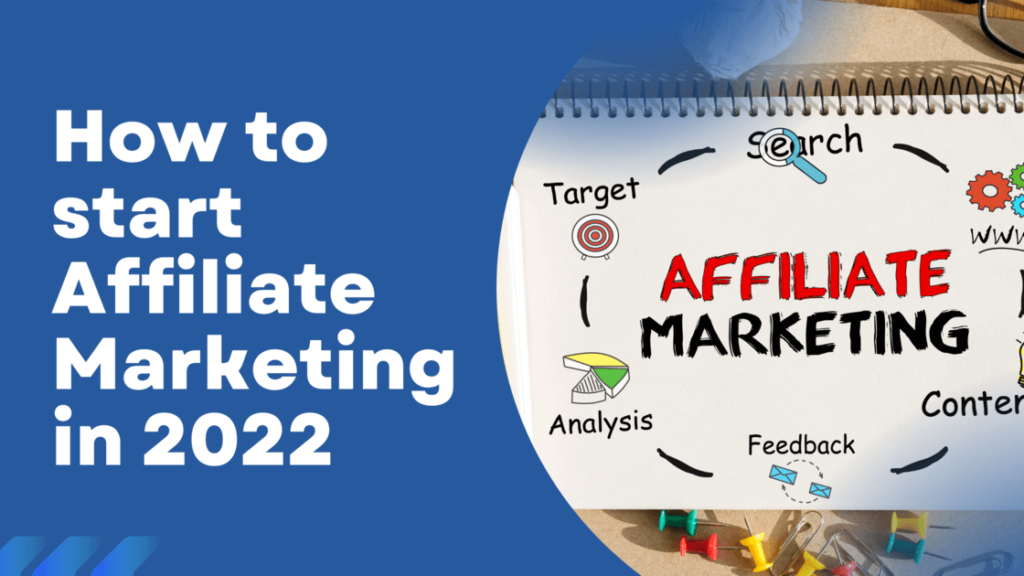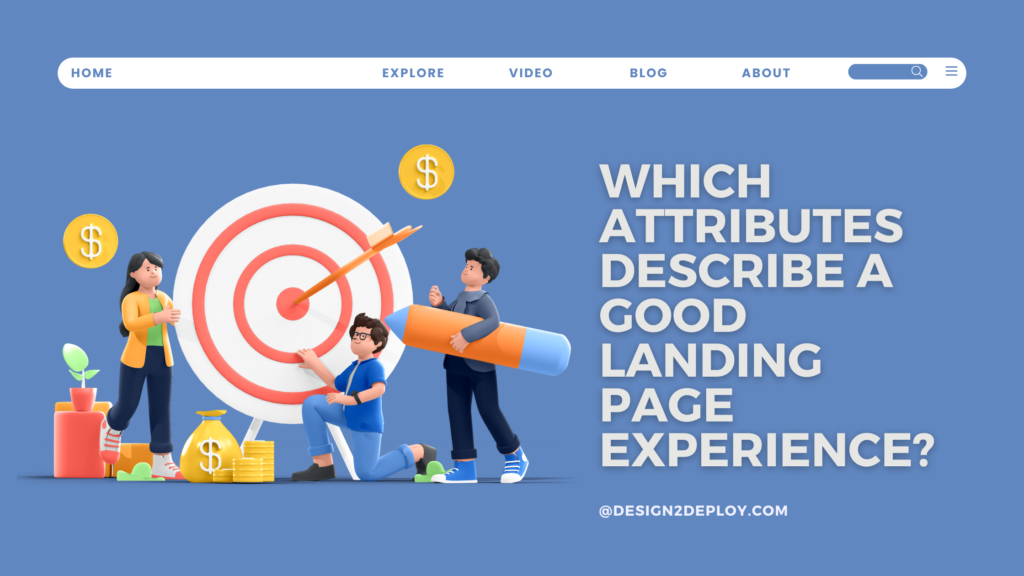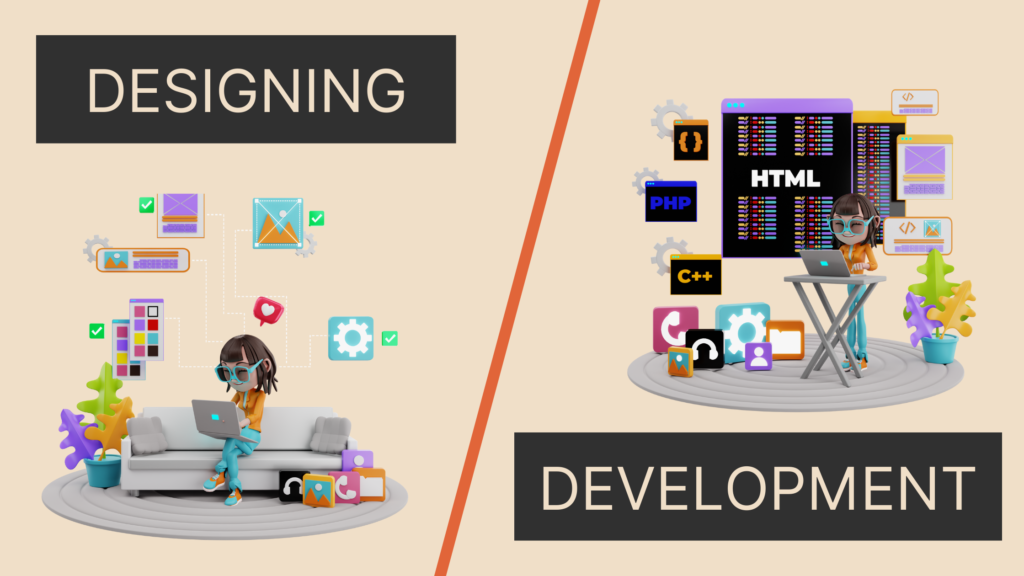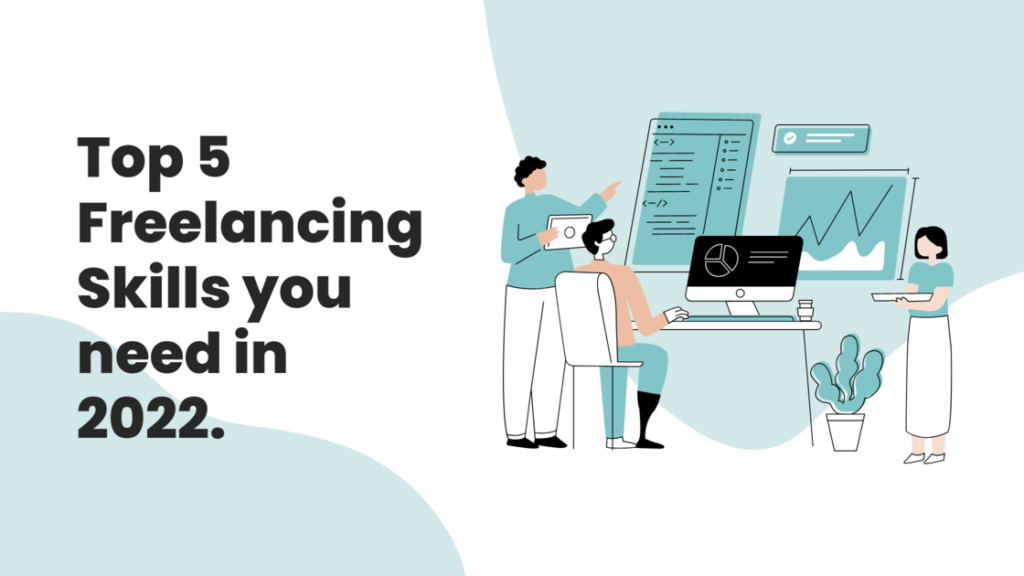How to Start Affiliate Marketing in 2022 – Beginners Guide
Affiliate marketing has been around for a long time but it’s only recently that it’s really taken off. It offers brands and companies a new way to promote their products and services without having to invest in marketing or inventory. Affiliate marketers provide other businesses with a commission for every sale they drive through an affiliate link. This gives you revenue without having to sell anything yourself. With so many opportunities available, it’s easy to see why so many people are getting on board. However, as with any business venture, it requires some initial investment before ROI becomes apparent. Here we’ll outline the key steps you need to take in order to start affiliate marketing as an online entrepreneur. Create an Audience Affiliate Marketing becomes a cakewalk once you have got your audience. There are various channels for creating an audience. Social media platforms like Tiktok, Instagram, Facebook, LinkedIn, and Youtube can easily help you get a lot of followers. Or you can start your own blog and write about something you have knowledge or expertise about. And over time you will have a set of people who love reading your content. With an audience, it becomes easy to promote your affiliate links. Decide if affiliate marketing is for you We suggest that, if you’ve never tried affiliate marketing before, you start with a simple blog. The beauty of blogging is that you can learn as you go. There are countless guides on how to get started with blogging online. Once you perfect the art of blogging, you can think about expanding into affiliate marketing. There are pros and cons to both blogging and affiliate marketing. As well as the costs involved, you need to consider whether you have the writing, marketing, and sales skills to succeed. In addition, not every product is suited to be sold online. Before diving in, it’s worth considering if affiliate marketing is right for you. Conduct market research The quickest way to discover profitable niches is to conduct some market research. This can be done using Google Keywords or a keyword analysis tool. Once you know the interest and demand in your niche, you can find profitable and relevant products to sell. A profitable niche may not be the one you had in mind when you first started your research. But once you’ve found some profitable niches to sell in, you’ll find you can expand your offering very quickly. When you start affiliate marketing, it’s a good idea to start with a targeted niche market and, as you gain experience, you can try expanding to more general markets. It’s important to remember that the more specific you are the less successful you are likely to be. Be specific about your products but general about your niche. Find the Right Promotional Strategy There are various strategies and medium that you can use to promote your products. It need not always be a blog or website. There are various medium to promote your affiliate links. Here I have discussed some of those. i) Youtube – It is comparatively a quicker and easier medium to promote products. With youtube, it is easy to get several hundred or thousand views in a week a month. But in the case of a blog, you need to put in month-long efforts and SEO optimization to bring in that traffic. ii) Forums – There are many online forums where people have healthy conversations about the topics of their interest. Try to actively engage in these forums. Don’t just jump in and spam the community with your affiliate links. Keep providing value to the members of the forums, answer their questions and establish yourself as an authority in the niche. And after some time with every answer to the query try to slowly introduce your affiliate links. iii) Social Media – Make utmost use of social media platforms like Telegram, TikTok, or discord and keep posting content on a regular basis. Over time, as you gain more and more views, many will click on your affiliate links. The key is to be consistent, genuine, and provide value. Also, try to find any unique promotional strategy that fits your niche. Every niche is different so is the strategy for them. Maintiain a Balance If you try to promote your affiliate products, don’t just keep on promoting. Don’t make every video, reel, or blog post a promotional content. You must concentrate largely on providing informational content. There must be a perfect balance between informational and promotional content. Out of 10 reels, 6 must be information and 4 can be promotional. Always maintiain this balance. Promote Genuine Products Affiliate marketing is not a one day game. So, skip the idea of promoting cheap, fake and scammy products for the sake of earning some quick bucks. It is a long-term game. Only promote products and services that you find useful, legit, and can add value to people. Promoting scammy products can greatly reduce the trust people have on you and your content. Select the Affiliate Network There are thousands of affiliate networks out there and you want to choose a network that has products that fit your niche. To choose the right affiliate network, perform market research to find out which networks are most relevant to your niche. It is important to make sure that the affiliate network is legitimate and that its products are relevant to your niche. You can also apply to indivdual affiliate programs of companies. Find out if the network is properly registered with the appropriate authorities and is trustworthy. It’s important that you pick an affiliate network that is legitimate and has products that are relevant to your niche. Write articles to promote your product. The key to a successful start of affiliate marketing is the quality of the content you produce. It’s important that the content you deliver is interesting and helpful for your readers. As you keep writing content, you begin to build your list of subscribers. If
How to Start Affiliate Marketing in 2022 – Beginners Guide Read More »




